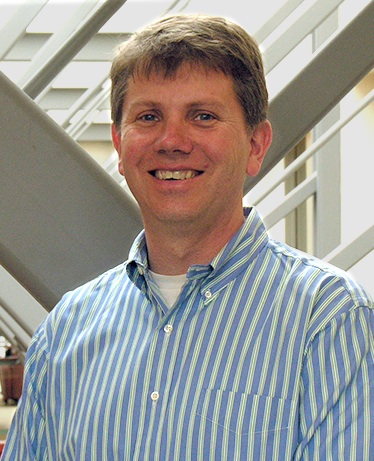By Meredith Larson, NCER Program Officer
Although more students with disabilities are pursuing postsec ondary education, completion rates for this group of students have not changed very much in recent years. In a two-year study funded through an IES grant, Lynn Newman, of SRI International, and Joseph Madaus, director of the Center on Postsecondary Education and Disability at the University of Connecticut, have examined the impact that supports and accommodations have had on the postsecondary success of students with disabilities.


At the heart of their study is the National Longitudinal Transition Study-2 , the largest and richest data set available to address the postsecondary experiences and outcomes of youth with disabilities. It is the only dataset that can address those topics for postsecondary students with disabilities nationally, independent of students’ decisions to disclose a disability to their postsecondary school.
Below are excerpts from an email interview with the researchers.
What motivated your study, and what questions are you grappling with?
Although postsecondary enrollment rates for students with disabilities have increased dramatically for youth in all disability categories over the past two decades, postsecondary completion rates for students with disabilities have remained stagnant over time. These students continue to be less likely to graduate from postsecondary school than their general population peers.
This led us to ask
- What is the link between receipt of postsecondary supports and accommodations – both those available because of a disability and those available to the general student body – and postsecondary persistence and completion for students with disabilities?
- What factors are associated with requesting/receiving postsecondary supports and accommodations?
What are your major findings?
First and foremost, students with disabilities who received supports, particularly supports available to the full student body (such as tutoring and access to writing and study centers), are more likely to persist in and complete their postsecondary programs. This finding applies to students with disabilities enrolled at both 2-year and 4-year colleges.
However, we didn’t find a significant relationship between receipt of disability-specific supports and accommodations (such as test accommodations, readers, interpreters) and postsecondary persistence or completion for the full population of students with disabilities. We found that the link between supports/accommodations and outcomes differs by disability category. For example, students who were deaf or hard of hearing and received disability-specific accommodations and supports were more likely to persist in or complete postsecondary education than were those who had not received these types of help.
Does your research suggest why some students seek out or use supports more than others?
Fewer than half of those with disabilities in postsecondary institutions accessed the types of supports available to the general student body, and less than one-quarter received disability-specific help during postsecondary school. Students who received transition planning education in high school and those whose transition plans specified needed postsecondary supports and accommodations were significantly more likely to access both generally-available and disability-specific supports in postsecondary school, particularly at 2-year institutions.
If you could tell each of your target audiences what your research means for them in practical terms, what would you say?
Students and families: By accessing supports and help at postsecondary institutions, you increase your odds for postsecondary success. If you are uncomfortable sharing information about your disability, which is required to receive disability-specific supports, you should, at least, access the types of supports available to the general student body, such as tutoring and writing centers.
High school staff: Help students avail themselves of supports at the postsecondary level through transition planning. Transition planning education and transition plans that specify postsecondary accommodation needs significantly affect whether students seek postsecondary supports. Clearly, the transition education and planning you can do matters. However, as many as one third to one half of high school students with disabilities do not receive such transition planning services.
Postsecondary staff: Keep in mind that only 35% of students with disabilities who received services in high school disclosed their disability to their postsecondary institutions, so you probably have more students with disabilities on your campus than you may be aware of. Because receipt of postsecondary supports (especially general supports available to all students) are particularly beneficial to students with disabilities, we encourage active and broad outreach about these supports to the entire student body, rather than focusing on just the few students who have chosen to disclose their disability.
In addition, we encourage professional development for postsecondary staff, particularly those involved in providing generally available supports, to help them better recognize and support students with disabilities.
Researchers: Consider the representativeness of your samples of postsecondary students with disabilities. If respondents are identified through self-disclosure of a disability, your sample probably has a large amount of underreported students with disabilities overall. Your sample is also likely to be biased, in that students with more visible disabilities are much more likely to disclose their disability than are those in the higher incidence disability categories, such as learning disabilities.
What might some next research steps be?
Given our findings, we believe there are many opportunities for research related to postsecondary education for students with disabilities. For example, researchers could study questions about the characteristics, content, extent, and timing of effective postsecondary supports and accommodations. The field would also benefit from additional knowledge about effective high school transition planning education and answers to questions about the characteristics and structures of high schools and postsecondary schools that offer effective supports and accommodations and transition planning education.
Questions? Comments? Please send them to IESResearch@ed.gov.